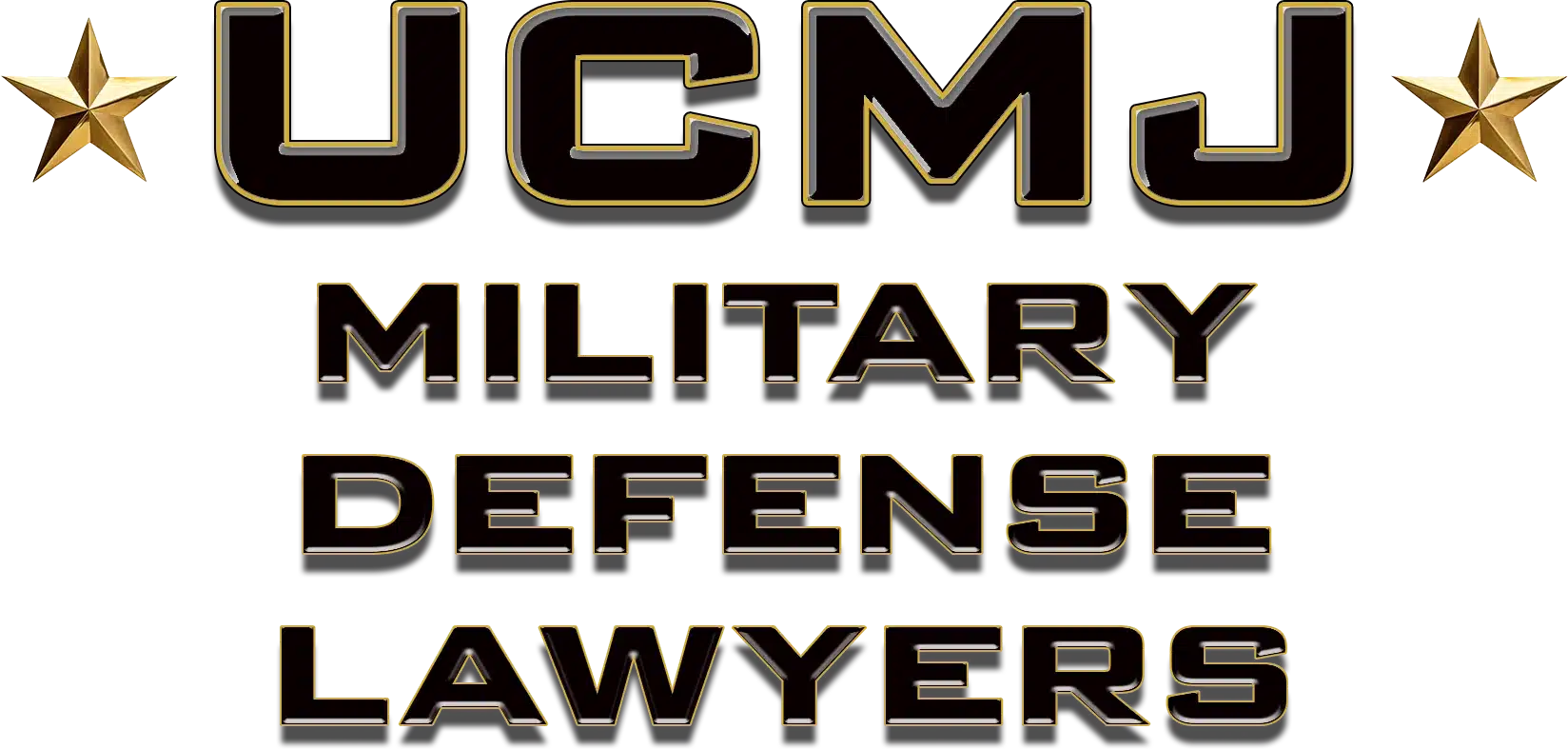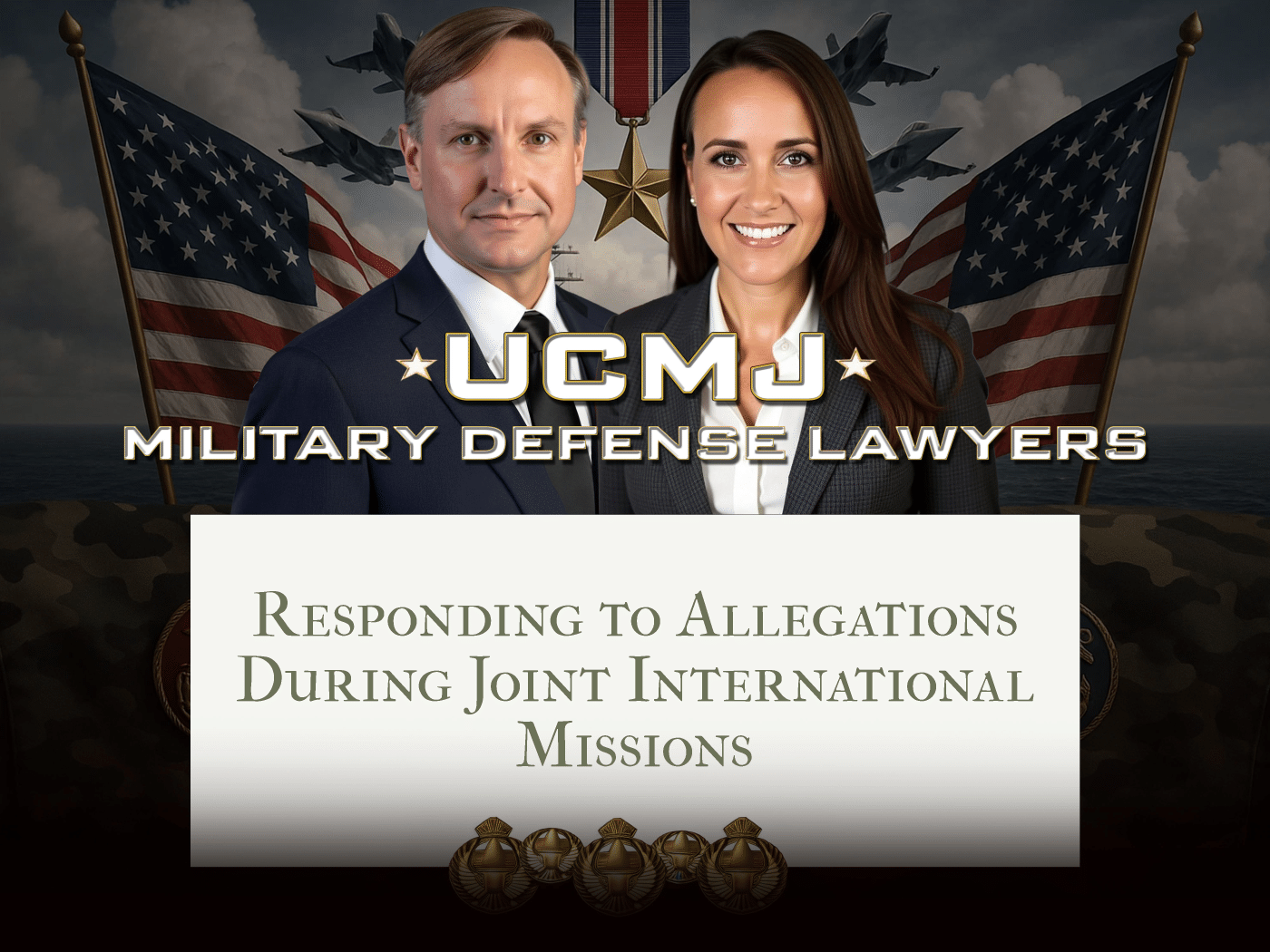When operating across borders, joint international missions—such as peacekeeping, intelligence collaborations, or humanitarian deployments—often involve complex legal frameworks. Allegations of misconduct during these missions can be incredibly disruptive, both to individuals and entire operations. This is where having a well-structured Joint Mission Legal Response becomes critical. If an allegation arises in the middle of an international operation, the legal, cultural, and operational challenges multiply quickly. That’s why understanding how to navigate such situations with compassion and clarity is essential. No one enters these missions expecting legal trouble, yet when it surfaces, your response can define reputations, careers, and international relations. Governments, service members, and legal professionals need to prepare proactively. This article explores how Joint Mission Legal Response works, why it’s vital, and how to handle it effectively. Whether you’re part of a defense team, a commanding officer, or a concerned participant, this guide will walk you through the essentials with empathy and practicality.
Understanding the Basics of Joint Mission Legal Response
Joint Mission Legal Response refers to the coordinated action taken to address legal allegations that arise during international collaborative efforts, commonly involving multiple countries or entities. These missions may include military operations, humanitarian aid ventures, or joint law enforcement actions. Given their multinational nature, these missions require a thorough, sensitive, and legally sound response when allegations are made—whether against individuals, units, or member countries.
To better illustrate this, consider a peacekeeping force composed of multiple nations where one soldier is accused of misconduct. The host nation may want to prosecute, while the sending country invokes jurisdiction. Another example might involve international medical aid workers accused of negligence. In both scenarios, differences in legal systems and expectations can stall justice and harm reputations.
A Joint Mission Legal Response seeks to harmonize procedures, ensure rights are respected, and mitigate diplomatic fallout. It balances quick action with fairness, aligning mission continuity with accountability. With global scrutiny, these responses shape not only legal outcomes but also operational trust and public perception.
Why a Coordinated Legal Strategy Is Critical
Responding swiftly to allegations during a mission isn’t just about legal defense—it’s about protecting lives, careers, and diplomatic relationships. An improperly managed response can delay humanitarian aid, strain alliances, or even spark international incidents. When allegations arise during joint operations, delays or inconsistencies can put entire missions in jeopardy. Legal preparedness isn’t just smart; it’s crucial.
A comprehensive Joint Mission Legal Response ensures clarity, preserves evidence, protects the accused and victims, and facilitates jurisdictional compliance. Without a structured protocol, stakeholders risk breaches of international agreements, public relations disasters, or the loss of confidence in multinational operations.
- A military linguist is accused of espionage during a UN mission. Consequence: Tensions increase between contributing nations, affecting intelligence-sharing protocols.
- An international medical unit faces malpractice allegations in Africa. Consequence: Host nation suspends further international aid programs, leaving critical populations underserved.
- A peacekeeper’s misconduct goes viral online. Consequence: Public backlash leads to reduced funding and legal pressure from international watchdogs.
How the Legal Process Typically Unfolds in a Joint Mission
- Step 1: An allegation is reported to the appropriate mission authorities. This can be formal or informal, but all reports must be documented.
- Step 2: An internal preliminary inquiry is launched by the legal or investigation unit, often involving representatives from all stakeholder nations.
- Step 3: Based on initial findings, the case is either escalated to a full investigation or closed with recommendations. Jurisdiction is determined, and legal support is assigned.
Key Strategies for Managing These Responses Successfully
Common Questions About How Legal Responses Work During International Deployments
How Gonzalez & Waddington Helps Clients in These Situations
With decades of experience defending service members, aid workers, and contractors in high-stakes international operations, Gonzalez & Waddington is a trusted name in Joint Mission Legal Response. They understand that reputations, careers, and missions can all hinge on a well-executed legal defense. Their global network of attorneys, investigators, and military experts ensures that every client receives personalized, strategic guidance. Whether advising during high-pressure investigations or advocating in trial, their goal is always to protect their clients’ rights while preserving the mission’s integrity. Clients turn to Gonzalez & Waddington for their deep knowledge of international military law, their responsiveness, and their unwavering commitment. When the stakes are highest, they offer clarity, control, and peace of mind.



